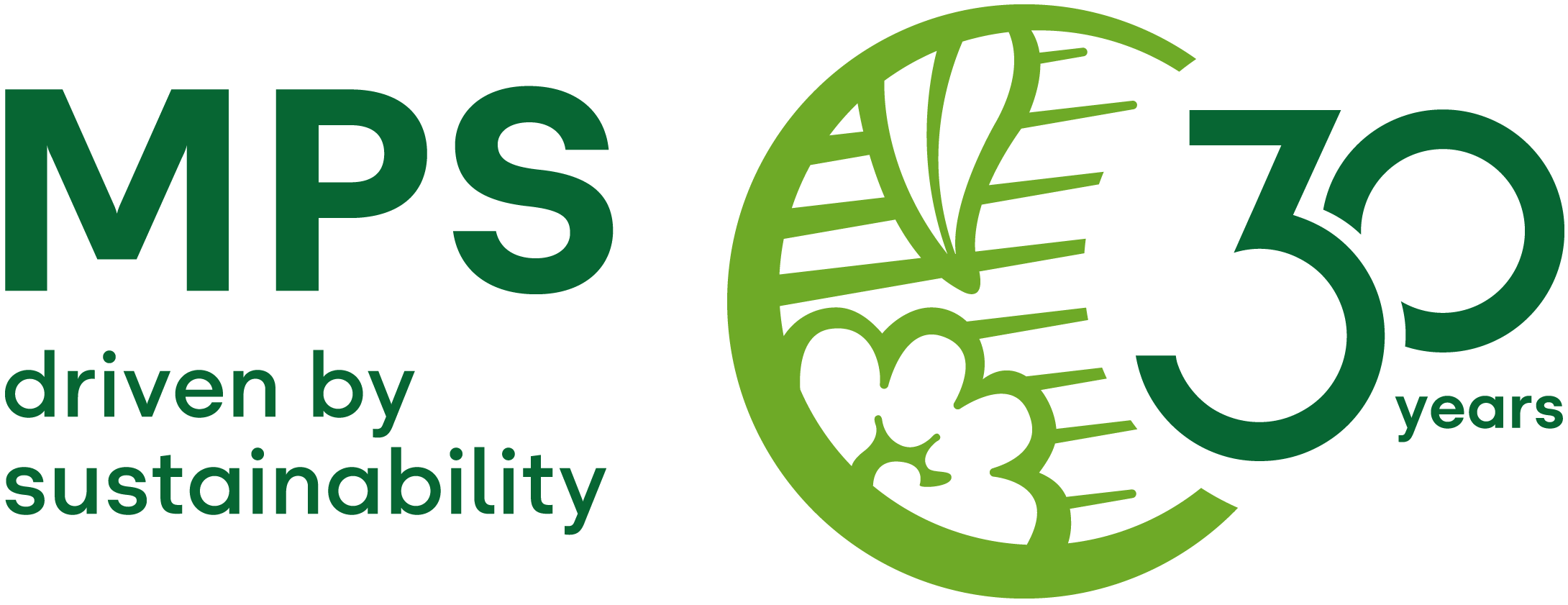
The method for calculating points for crop protection within MPS-ABC has been optimised as of period 5 in 2025. This updated method will help us to reduce the environmental impact of crop protection agents, an important step in improving sustainability in the sector.
In this article, we will share five recommendations enabling you to optimise your usage of crop protection agents. You can also find out how to analyse your current usage. By making mindful choices about your usage of crop protection agents, you can reduce your impact score, contributing to your MPS-ABC qualification. Importantly, you will also be helping to improve the sustainability of our sector.
- How to analyse your usage
Take a look at the crop protection agents you are currently using, and the quantities. You can do so by means of the ‘Data insights’ section in the Customer Portal.
2. Weighting of the different substances
Green, amber and red active substances each receive a specific weighting. The weight of green substances is multiplied by 1, amber by 1.5, and red by 2.4. We also recommend that you stay alert to the usage of large quantities of green substances, as this can also affect your qualification.
3. Optimise the usage of green agents
Try to optimise your usage of green active substances without exceeding the standard amounts. Although green substances are weighted less, excessive usage can still have a negative impact on your score and on the environment.
4. Reduce your usage of applicable substances
Seek alternatives for crop protection agents. For example, consider organic or less environmentally damaging options that are included in the green category. Also make sure that your total usage of green agents remains within the standard quantities. This will enable you to achieve the highest score under MPS-ABC.
5. Consult experts
Consider seeking advice from consultants, who can help you to optimise your crop protection strategy.
MPS-MIND: Explanation of the Optimized Methodology and Calculation of Crop Protection
Old methodology
In the old methodology, standards were established for active substances in the green, amber, and red categories. These standards, consisting of lower and upper limits, were based on usage and determined how many points you could earn for your usage. If the usage was below the lower limit, the maximum number of points was awarded. If the upper limit was exceeded, this resulted in a deduction of points for amber and red substances, while green substances earned zero points.
The standards were designed to encourage the use of the lowest possible quantity of crop protection agents. However, as outlined above, changes in the composition of crop protection agents were not sufficiently taken into account. Therefore, a new methodology has been developed to make the impact of crop protection usage more visible.
New methodology
In the revised methodology, your total score for crop protection in the qualification is based on the MIND impact score of your crop protection agents usage. Your score is calculated using an upper and lower threshold; this set of standards applies to the total use of crop protection agents. There are no longer three separate sets of standards for green, amber, and red active substances. This means you no longer receive separate (plus or minus) points for green, amber, or red active substances; everything is combined into the total use of crop protection agents. A MIND impact score is calculated for each active substance, where green substances are counted once, amber substances 1.5 times, and red substances 2.4 times. Amber and red substances therefore carry more weight than green ones.
The MIND impact score is calculated as follows:
MIND impact score = (kg of green active substances × 1) + (kg of amber active substances × 1.5) + (kg of red active substances × 2.4)
For example, if you use 15 kg of green active substances, your MIND impact score is 15.
If you use 2 kg of amber and 1 kg of red active substances, your MIND impact score is 5.4.
This weighting has been established based on the ratio between the colours, taking into account the average e-score. The e-score is calculated to assign a colour to an active substance, where a higher e-score indicates a correspondingly higher potential risk of the substance. This means, among other things, that the average e-score of amber substances is 1.5 times higher than that of green substances.
Source:MPS
